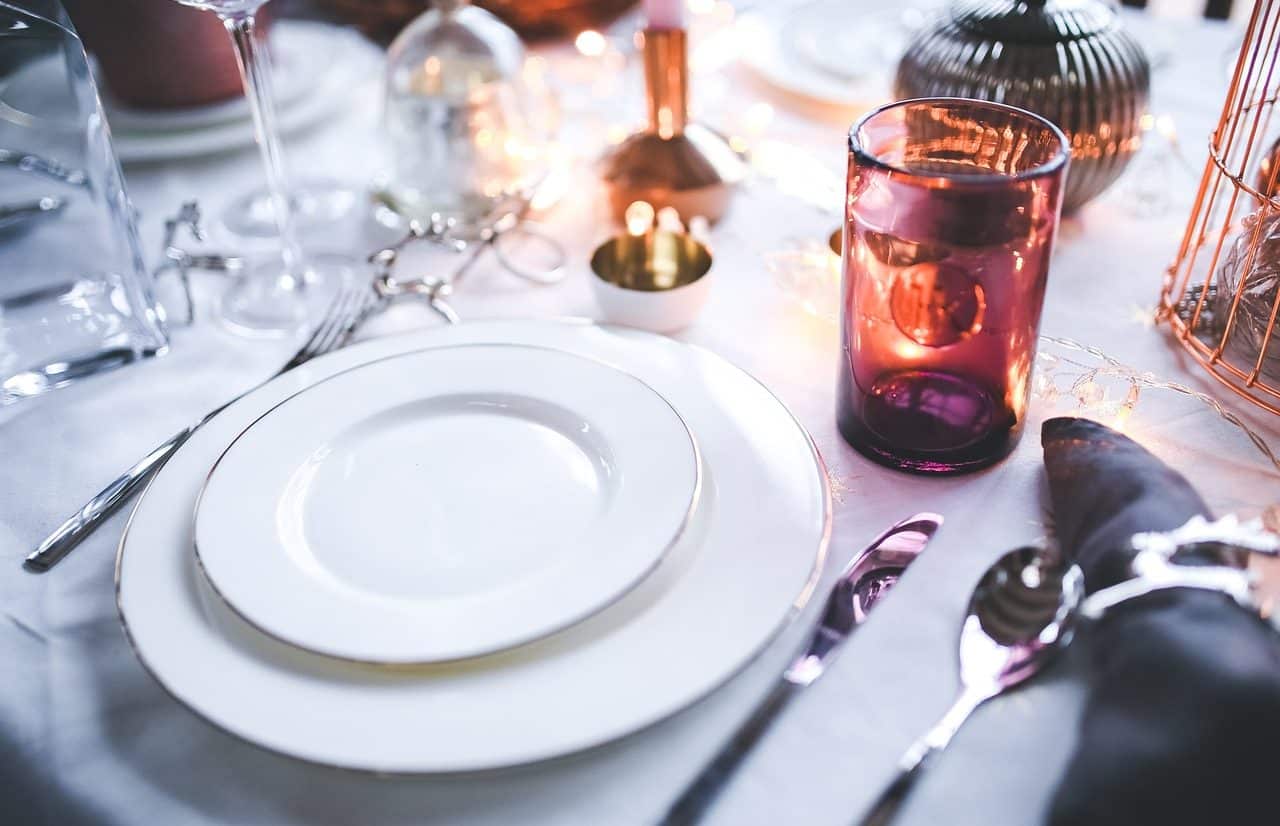
Tableware allows you to transport, serve and eat food.
Tableware is a concept used to name the series of elements used to transport , serve and consume food . The term has its etymological origin in vascēlla , a Latin word.
The tableware, in this way, is made up of the glasses , trays , plates and the rest of the containers that are placed on the table at meal time. There are those who include cutlery (fork, knife , spoon, etc.) in the set of tableware, while others appeal to the notion of cutlery to refer specifically to these utensils .
Tableware characteristics
Different materials are used to make tableware; glass , ceramic , wood , plastic and metal are some of the most popular. It is important to keep in mind that there are different types of tableware depending on the occasion: while porcelain tableware can be very elegant for use on formal occasions, plastic tableware can only be used for domestic and informal purposes.
The need for more economical products and advances in certain mass production processes led to the creation of very accessible tableware, with less pure and durable materials, although often with sober and elegant designs.

The dishes are used several times a day.
Its components
The plate is one of the most important elements of tableware. It is manufactured in different sizes: the smaller ones are used for starters and desserts, while the larger ones are used for the main meal. There are also deep plates that allow you to serve and eat liquid foods, such as soup .
Glasses , cups , glasses , salad bowls and sauce boats are also part of the tableware. The number of objects used simultaneously in the same meal depends on its characteristics (a breakfast for two people is not the same as a dinner for eight).
History of tableware
The origin of tableware is actually very old, so much so that already in the Bronze Age , which is located between the years 2200 and 1900 BC. C. , there was a civilization that manufactured ceramic vessels . They were bell -shaped (they were bell-shaped ) and had many decorations on the outside. Based on discoveries around this culture, it is believed that the glasses were used at funerals in various parts of the European continent, such as Ireland and the Netherlands .
The bell-shaped glass is one of the most important elements of trade between the third and second millennium BC, and its consumers were the European elites, who also used it in social ceremonies, political meetings and marriage alliances, among others. events. It can be said that this remote ancestor of tableware was at the forefront of a fashion .
Over time, metal tableware began to appear and in this context it is necessary to mention the Treasure of Villena , one of the most important finds from the Bronze Age in Europe , along with that of the Royal Tombs of Mycenae , located in Greece . Some of the components of this golden tableware are bowls and bottles of various sizes.
Thanks to the work of dedicated archaeologists, Greece has left us various sets of tableware from the Mycenaean era , between 1600 and 1200 BC. C. , with different styles and sizes. Among all the finds are pitchers, kraters (large vessels for mixing wine and water, since the ancient Greeks did not usually drink pure wine), jugs and vases.
In Persia and Assyria , for example, royalty and the upper class are known to have used gold and silver tableware . There are numerous collections made with these and other materials, such as bronze, that have been found in recent decades and that today can be seen in the most important museums in the world.
